Focused Energy:
Extraordinary Ultrasound!
Discover the power of sound you cannot hear
-
Non-invasive Brain Surgery: Treating life limiting movement disorders without incisions
-
Enhanced Healing: Using specific sound frequencies to speed up healing in damaged tissues and bones
-
Revolutionary Drug Delivery: Creating new ways to deliver medication, especially to the brain and through the intestinal wall
Join us at the Royal Society Summer Science Exhibition 2025 to explore how ultrasound—sound waves beyond human hearing—is revolutionising medicine in extraordinary ways.
Most people know ultrasound from pregnancy scans, but our exhibit takes you beyond imaging into the exciting world of focused ultrasound therapy. Experience a journey from basic science and engineering through to groundbreaking medical applications that will change lives.
What You’ll Experience
- Standing Waves Create your own standing waves using ropes of different weights in this hands-on interactive exhibit
- Bat Helmets Navigate using ultrasound like a bat with our specially designed helmets for children and adults to detect insect illustrations
- Ultrasonic Levitation Place polystyrene beads in an ultrasonic field and watch them float before your eyes, made visible with smoke
- Bone Technology Explore how ultrasonic tools precisely cut and heal bones and other body tissues in this informative display
- Smart Drug Delivery Discover our enlarged model of a smart capsule creating cavitation streams, positioned alongside a digestive system model
- Incisionless Neurosurgery Use an iPad to target tremors – experiencing how we can treat brain conditions without incisions
Surgery enabled by ultrasonics
The Ultrasurge project, led by Professor Margaret Lucas at the University of Glasgow, is revolutionising surgical techniques through advanced ultrasonic technology.
Ultrasonic surgical devices are already considered the gold standard in many procedures, but we are taking this technology further by miniaturising these instruments. Our vision is to integrate these miniaturised ultrasonic tools with flexible robotic systems, enabling highly precise, minimally invasive surgeries that were previously impossible.
Incisionless Neurosurgery
Led by Consultant Neurologist Dr Tom Gilbertson, Dundee’s Magnetic Resonance-guided Focused Ultrasound (MRgFUS) service is revolutionising the treatment of Essential Tremor through incisionless brain surgery. MRgFUS precisely targets areas of the brain to reduce disabling tremors without any incisions, allowing patients to return home the next day with immediate, life-changing improvements.
Focused ultrasound drug delivery
Ultrasound can promote targeted drug delivery in tumours. We develop novel activatable nanoparticles utilising Magnetic Resonance (MR) imaging and Focused Ultrasound (MRgFUS) to address unmet clinical needs.
This novel platform technology involves the labelling of proprietary drug-filled carriers for MR imaging that can help to focus thousands of ultrasound transducers on a lesion within the body. This has the advantage of concentrating the drug dose in a tumour for optimum therapeutic effect while limiting systemic toxicity.
This technology is suitable for use with both existing approved and experimental anticancer agents and it has the capacity to co-deliver drugs for combination therapy.

Visit Us
-
When: 1st – 6th July 2025
-
Where: The Royal Society, London
-
Cost: Free admission
Join us for this interactive experience suitable for all ages and abilities.
Our exhibit has been designed with accessibility in mind, including features for visitors with limited mobility, vision, or hearing.
Meet Our Team
Our diverse team brings together researchers from the University of Glasgow, University of Strathclyde, University of Dundee, and King’s College London.
From professors to PhD students, we’re passionate about harnessing ultrasonic energy for medical breakthroughs.
-
Prof. Sandy Cochran
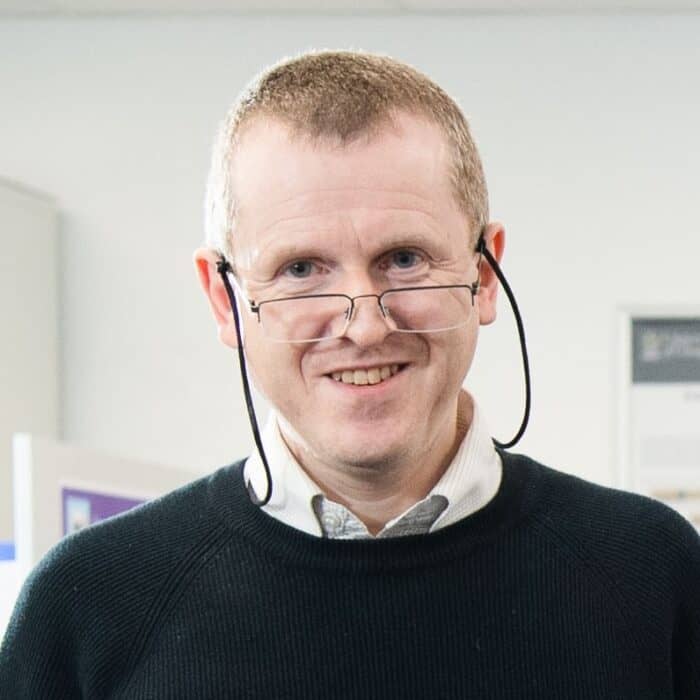
Prof. Sandy Cochran is an experienced researcher who has worked across many aspects of ultrasonic technology through his primary focus on the devices that generate and detect ultrasound. Topics he has studied include underwater sonar, non-destructive evaluation, acoustic tweezing and medical imaging as well as therapeutic applications. He particularly appreciates the many different aspects of ultrasound that allow a broad approach to be taken, with serendipity often leading to interesting scientific and engineering research insights and applications.
-
Dr. Tom Gilbertson
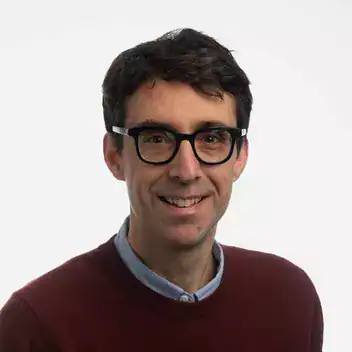
Dr Tom Gilbertson (Honorary Consultant Neurologist and Senior Lecturer at the University of Dundee) is scientific & clinical lead for Scotland’s MRI-guided focused ultrasound (MRgFUS) neurosurgical service, treating movement disorders without a single incision.
By combining brain imaging, behavioural science, and time spent understanding what matters to patients, his research explores how changes in brain networks can disrupt the background processes that keep us able to choose our next step.
-
Dr. Isla Barnard
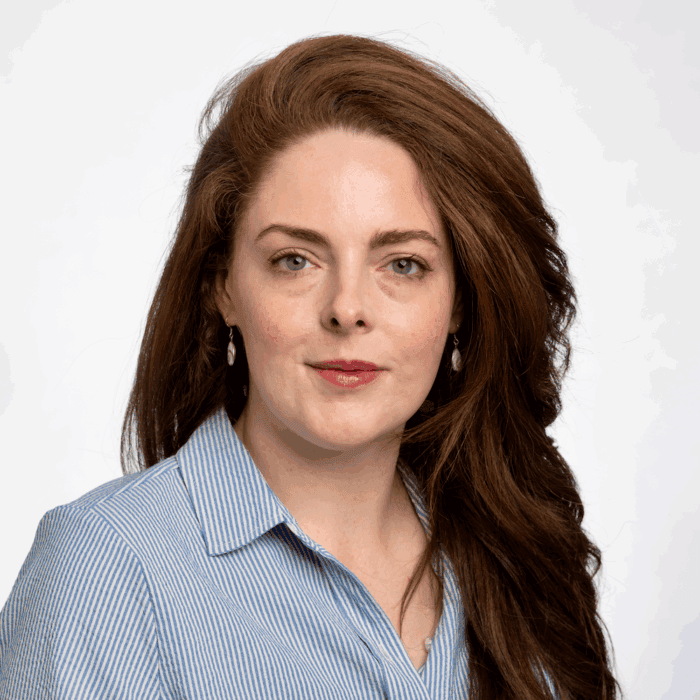
Dr Isla Barnard is a computational physicist working at the interface of academic physics and clinical medicine at Ninewells Hospital, University of Dundee. She is drawn to the challenges in delivering focused ultrasound to deep brain targets, and her long-term goal is to use high-performance computing to ask deeper questions about how acoustic and thermal processes can be harnessed to interact with the brain.
-
Priyanka Dhiwa
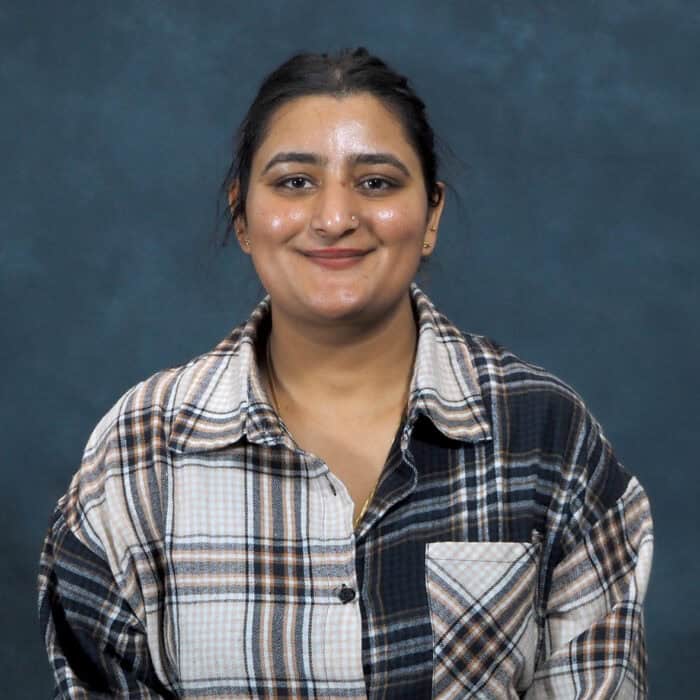
Priyanka completed her integrated B.Tech and M.Tech in Nanoscience and Nanotechnology at Amity University, India, and gained industry experience through an internship at India’s National Physical Laboratory before joining the FUSE CDT for her PhD at the University of Glasgow. Her research focuses on wearable ultrasound devices, specifically developing application-specific integrated circuits (ASICs) for SonoMyoGraphy applications in robotic prosthetics and human augmentation.
-
Saeed Ramezani
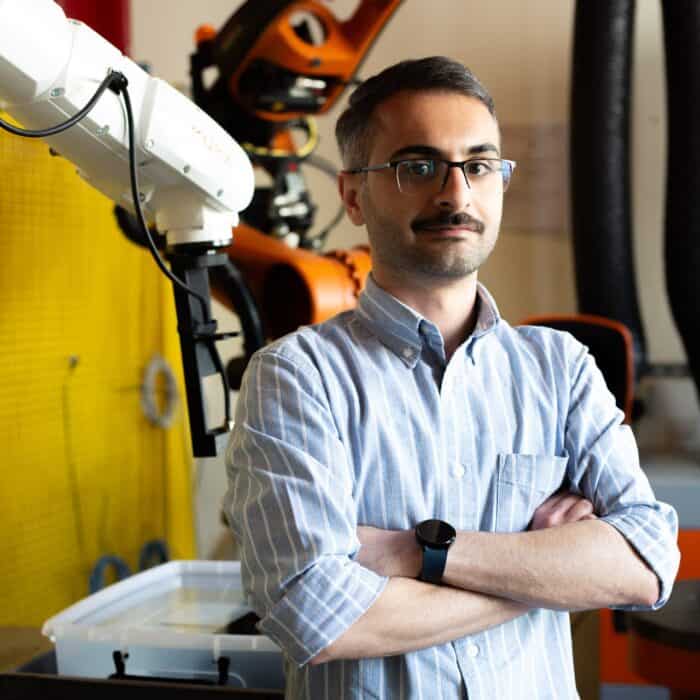
Saeed brings a background in Electrical Engineering and Non-Destructive Evaluation to his research on the inspection of complex components. His work focuses on using artificial intelligence techniques, such as imitation learning and behaviour cloning, to translate human expert knowledge directly to robotic systems. He’s particularly interested in how this approach can enhance both the efficiency and accuracy of ultrasonic inspection processes.
-
Xanthe Miller
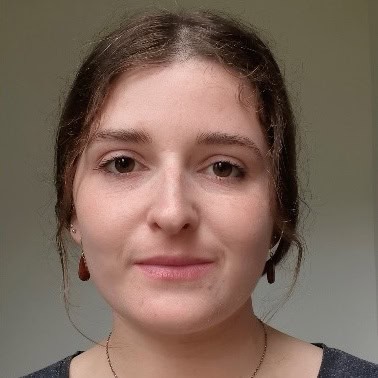
Xanthe’s background is in physics, and during the final year of her MPhys degree, she developed a keen interest in medical physics and specifically ultrasound, which led her to join FUSE for her PhD journey. Her research focuses on wearable ultrasound for head and neck imaging, particularly for speech and swallowing assessment by speech and language therapists.
-
Leah Douglas
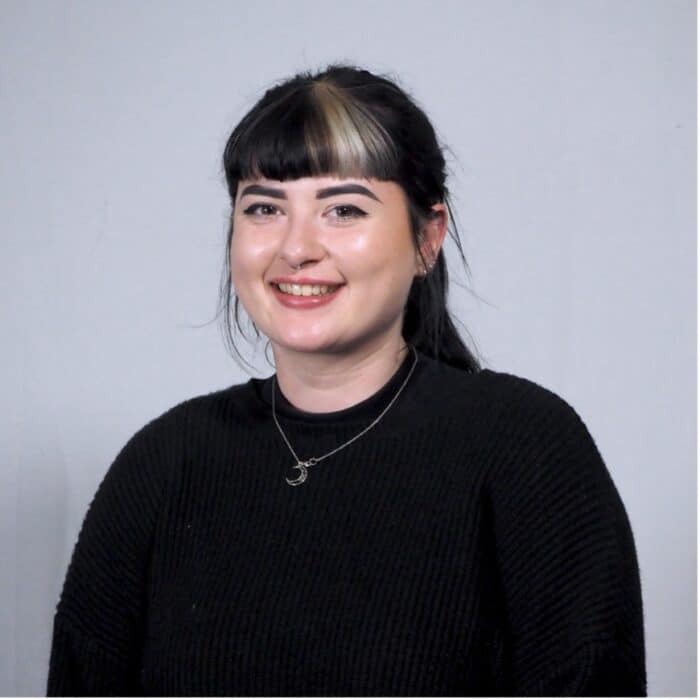
Leah graduated from Glasgow Caledonian University with a BEng in Electrical and Electronic Engineering with specialisms in Mechatronic Engineering before joining FUSE. Her PhD project, “Nanobubbles for Earlier Pancreatic Cancer Detection,” focuses on using novel nanobubble ultrasonic contrast agents to determine the stage of pancreatic cancer. Using Super Resolution Ultrasound Imaging techniques, her work locates and tracks these contrast agents to create super-resolved images beyond classical diffraction limits, mapping their trajectories and velocities as they travel.
-
Dorka Palkovits
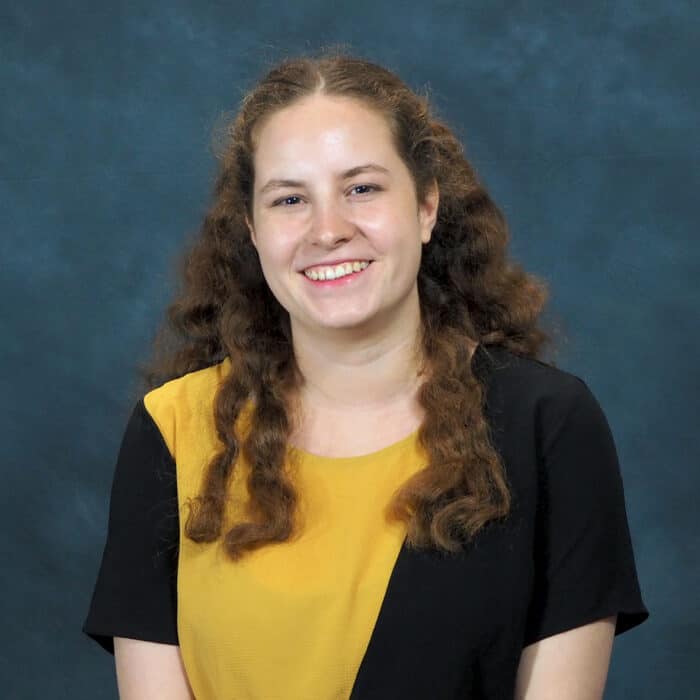
Dorka completed her BSc in Immunology and Pharmacology at the University of Strathclyde, followed by a Master’s degree in Precision Medicine and Pharmacological Technology, awarded jointly by the Universities of Glasgow, Strathclyde, and Aberdeen. Dorka’s research interests lie at the intersection of human biology and technology. She is currently engaged in the development of retinal tear and detachment phantoms in partnership with the ophthalmic devices company, Keeler.
Fun Facts
Did you know? 2025 marks important anniversaries in ultrasound technology:
135 years since the discovery of the piezoelectric effect that enables ultrasound
15 years since the first successful treatment of essential tremor using focused ultrasound



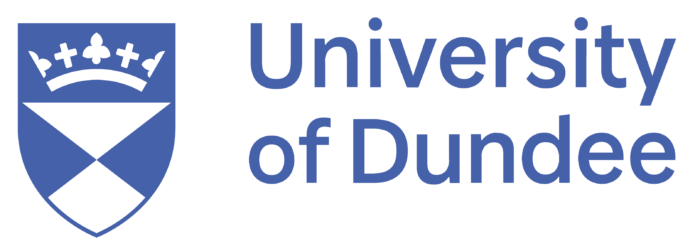

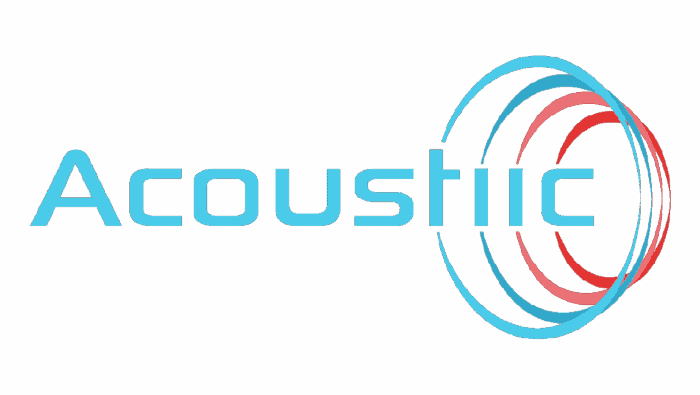


Follow our journey to the Summer Science Exhibition: